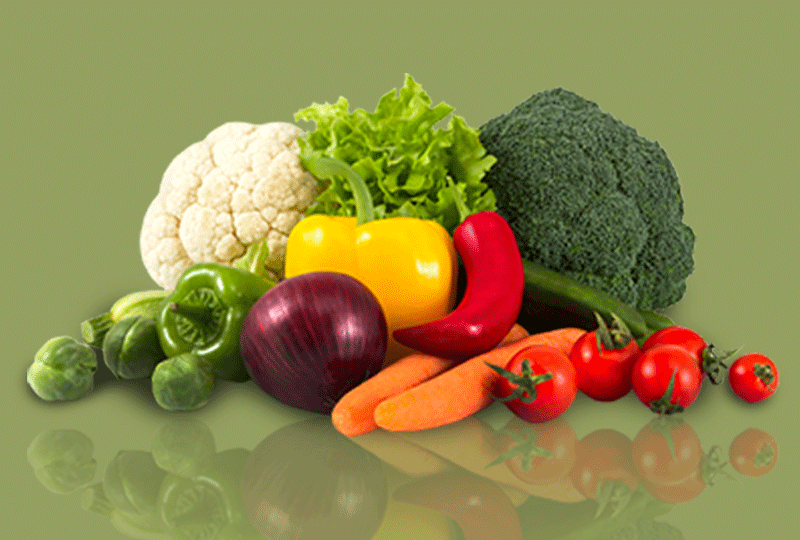In 2022, frozen food sales in the U.S. surged to over $72 billion, a significant increase driven by the pandemic. During Covid, the demand for frozen food skyrocketed, reflecting a shift in consumer behavior towards bulk buying and long-term storage options. But behind the simple appeal of a frozen dinner or snack lies a complex, sophisticated supply chain, ensuring these perishables stay frozen from farm to table.

The Cold Chain
Maintaining the right temperature for frozen foods is crucial. From refrigerated trucks to cold storage facilities, every step of the journey must keep the products at a consistently low temperature. If the temperature fluctuates, it can compromise the safety and quality of the food. In fact, a significant amount of frozen products are discarded each year due to inadequate cold storage and outdated refrigeration technology.
The frozen food supply chain is a critical aspect of the growing market. The U.S. relies heavily on frozen food transportation via trucks, trains, and planes, but this logistics system is increasingly challenged by the demand for more storage and transportation capacity. Companies like Cargill, Conagra, Nestlé, General Mills, and Unilever are key players in this market, but it’s the investment in efficient, cold-storage infrastructure that will ultimately determine the success of the frozen food market.
Pandemic Surge and Post-Pandemic Trends
When the pandemic hit, frozen foods became a pantry staple. With grocery store shelves emptying quickly, frozen foods offered a reliable, long-lasting option that could be stored for months. According to the American Frozen Food Institute, the frozen food market saw a 23% increase in sales since 2019. During the pandemic, sales jumped by as much as 30-50%, with many consumers turning to frozen foods to reduce waste and save money.
Frozen foods also have a significant advantage in terms of food waste. A study by Cornell University found that with frozen food, consumers are five times less likely to waste food. In fact, Americans spend approximately $1,300 annually on food that ends up in the trash. Frozen foods provide a long shelf life and are much less likely to spoil, helping reduce waste and lower overall food costs.
Technological Innovations in Freezing
The freezing process has come a long way since Clarence Birdseye’s pioneering flash-freezing technique in the 1930s. The goal has always been to freeze food quickly at its peak of freshness to preserve both its flavor and texture. Today, frozen food manufacturers use a variety of freezing methods, including mechanical freezing, air-blasting, and cryogenic freezing using liquid nitrogen.
Cryogenic freezing, in particular, is gaining traction for its speed, reducing the time it takes to freeze food from over an hour to just 11 minutes. Faster freezing means smaller ice crystals form, which helps preserve the integrity of food, particularly fruits and vegetables. Whether it’s strawberries from California or salmon from the Pacific Northwest, these freezing techniques ensure that the food retains its peak quality for consumers.
Cold Storage and Global Food Waste
While freezing is a key component of the process, cold storage also plays a vital role. An estimated 13% of all food produced globally is wasted due to poor cold storage, a problem that could feed an estimated 950 million people. Companies like Lineage Logistics and Phononic are working to improve cold chain logistics, minimizing food waste, and reducing carbon emissions associated with refrigeration.
Cold storage solutions are becoming more sophisticated, with tech-driven approaches such as AI, robotics, and driverless delivery systems. These innovations help streamline the transport and storage of frozen foods, ensuring that they stay at optimal temperatures throughout the entire supply chain. Lineage Logistics, for example, focuses on reducing food waste by providing frozen and chilled warehousing, serving major companies like Walmart and McDonald’s.
E-Commerce and Frozen Foods
The rise of online grocery shopping has further accelerated the demand for frozen foods. During the pandemic, e-commerce sales of frozen foods increased by 75% in 2020. While it’s still costly to ship frozen products due to the need for continuous refrigeration, companies like Phononic are developing solutions to make this process more efficient. Their reusable refrigerated totes and end-to-end cold chain systems are helping grocery stores and delivery services cut costs while meeting the growing demand for frozen foods.
The Convenience Factor
In addition to their long shelf life and reduced waste, frozen foods offer unparalleled convenience. With consumers seeking quick, easy meal solutions, frozen foods play a major role in the “convenience continuum,” offering options for both ready-to-eat meals and ingredients that can be prepared in minutes. From frozen vegetables to full dinner meals, frozen food products cater to a wide range of tastes and preferences.
Conclusion
The frozen food industry has proven resilient, with increasing sales and continued innovation in freezing and storage technology. The pandemic has only accelerated a trend that shows no sign of slowing down. Whether it’s the long shelf life, reduced food waste, or convenience, Americans continue to turn to frozen foods for affordable, high-quality meal solutions. As the demand for frozen foods grows, the industry is evolving to meet these needs, creating a more efficient and sustainable supply chain that benefits both consumers and the environment.
FAQs
1. Why has frozen food demand increased in recent years?
Frozen food demand increased due to the convenience, long shelf life, and reduced food waste it offers. The Covid-19 pandemic accelerated this shift as consumers stocked up on frozen items that could be stored for longer periods.
2. How does freezing preserve food quality?
Quick freezing, such as flash freezing or cryogenic freezing, helps preserve food at its peak freshness by preventing the formation of large ice crystals. This preserves the food’s flavor, texture, and nutritional content.
3. What is the cold chain, and why is it important?
The cold chain is the system of refrigerated transport and storage that ensures frozen foods stay at the correct temperature from the point of production to the consumer. Proper cold chain logistics are critical to maintaining food safety and quality throughout the supply chain.
